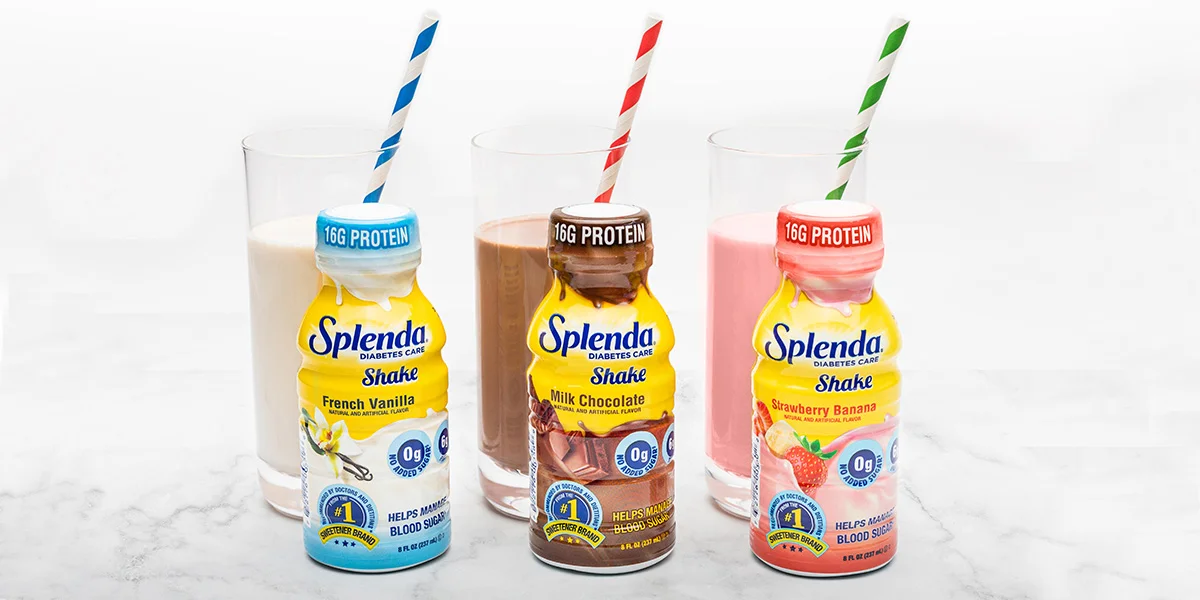Managing diabetes involves careful monitoring of diet to maintain stable blood sugar levels. One essential tool for many is the diabetic shake, a convenient and nutritious way to ensure balanced nutrition. But what exactly is a diabetic shake, and why is it important?
What is a Diabetic Shake?
A diabetic shake is a specially formulated beverage designed to provide balanced nutrition for individuals with diabetes. These shakes typically have a low glycemic index, meaning they release glucose into the bloodstream slowly, helping to prevent spikes in blood sugar levels. They are also rich in essential nutrients, including protein, fiber, vitamins, and minerals.
Why Should You Use a Diabetic Shake?
Managing Blood Sugar Levels
One of the primary reasons to use a diabetic shake is its ability to help manage blood sugar levels. These shakes are designed to provide a steady release of glucose, which can prevent the sharp spikes and drops that are harmful to individuals with diabetes.
Convenient and Time-Saving
Diabetic shakes offer a convenient option for those who may not have time to prepare a balanced meal. They can be easily consumed on the go, making them an excellent choice for busy individuals.
Nutrient-Dense
These shakes are packed with essential nutrients, ensuring that individuals with diabetes get the vitamins and minerals they need without the added sugars and unhealthy fats that can come with other meal options.
Key Ingredients in a Diabetic Shake
Protein
Protein is crucial in a diabetic shake as it helps stabilize blood sugar levels and promotes a feeling of fullness. Common protein sources in these shakes include whey, soy, and pea protein.
Fiber
Fiber is essential for slowing down the absorption of glucose in the bloodstream. It helps maintain stable blood sugar levels and supports digestive health. Ingredients like oat fiber, chicory root, and psyllium husk are often included.
Healthy Fats
Healthy fats, such as those from flaxseed, chia seeds, and avocado, are included in diabetic shakes to provide sustained energy and support heart health.
Low Glycemic Carbohydrates
Carbohydrates with a low glycemic index are crucial in diabetic shakes. These carbs release glucose slowly into the bloodstream, preventing blood sugar spikes. Examples include oats, quinoa, and sweet potatoes.
Vitamins and Minerals
Diabetic shakes are fortified with essential vitamins and minerals to ensure balanced nutrition. Common additions include vitamins A, C, D, E, and B-complex vitamins, along with minerals like magnesium, potassium, and calcium.
How to Choose the Right Diabetic Shake
Check the Label
When selecting a diabetic shake, it is essential to read the label carefully. Look for shakes that are low in sugar, have a low glycemic index, and are high in protein and fiber.
Consider Your Dietary Needs
Choose a shake that aligns with your dietary preferences and needs. For instance, if you are lactose intolerant, opt for a plant-based shake. If you have specific nutritional requirements, look for shakes that address those needs.
Taste and Texture
It is important to choose a diabetic shake that you enjoy consuming. Many brands offer a variety of flavors and textures, so try different options to find one that suits your taste.
Homemade Diabetic Shake Recipes
Recipe 1: Berry Bliss Diabetic Shake
Ingredients:
- 1 cup unsweetened almond milk
- 1/2 cup frozen berries (strawberries, blueberries, raspberries)
- 1 scoop vanilla protein powder
- 1 tablespoon chia seeds
- 1 handful of spinach
- 1 teaspoon stevia (optional)
Instructions:
- Add all ingredients to a blender.
- Blend until smooth.
- Serve immediately and enjoy!
Recipe 2: Green Power Diabetic Shake
Ingredients:
- 1 cup unsweetened coconut milk
- 1/2 avocado
- 1 scoop unflavored protein powder
- 1 tablespoon flaxseed meal
- 1/2 cucumber, chopped
- 1 small handful of kale
Instructions:
- Combine all ingredients in a blender.
- Blend until smooth and creamy.
- Pour into a glass and drink up!
Recipe 3: Chocolate Delight Diabetic Shake
Ingredients:
- 1 cup unsweetened soy milk
- 1 scoop chocolate protein powder
- 1 tablespoon almond butter
- 1 tablespoon cocoa powder
- 1/2 banana (optional for sweetness)
- Ice cubes
Instructions:
- Place all ingredients in a blender.
- Blend until the shake reaches your desired consistency.
- Enjoy your delicious chocolate delight!
Tips for Incorporating Diabetic Shakes into Your Diet
Use as a Meal Replacement
Diabetic shakes can be used as a meal replacement, especially for breakfast or lunch. Ensure the shake is well-balanced with enough protein, fiber, and healthy fats to keep you full and satisfied.
Snack Option
A diabetic shake can also serve as a healthy snack between meals. It provides a nutritious option that can help curb hunger and maintain stable blood sugar levels.
Post-Workout Recovery
After a workout, a diabetic shake can help replenish energy levels and aid in muscle recovery. Choose a shake high in protein and low in sugar for the best results.
Common Mistakes to Avoid
Not Reading the Label
Always read the label to ensure the shake meets your dietary needs and is appropriate for diabetes management. Some shakes may contain hidden sugars or high-glycemic ingredients.
Relying Solely on Shakes
While diabetic shakes are a convenient option, it is important not to rely on them exclusively. A balanced diet with a variety of whole foods is essential for overall health and diabetes management.
Ignoring Portion Sizes
Pay attention to portion sizes when consuming diabetic shakes. Overconsumption can lead to an excess intake of calories and nutrients, which may impact blood sugar levels.
Conclusion
Diabetic shakes can be a valuable addition to a diabetes management plan, providing balanced nutrition, convenience, and support for stable blood sugar levels. By choosing the right shake and incorporating it wisely into your diet, you can enjoy the benefits while maintaining your health. Always consult with a healthcare provider before making significant changes to your diet, especially when managing a condition like diabetes.



